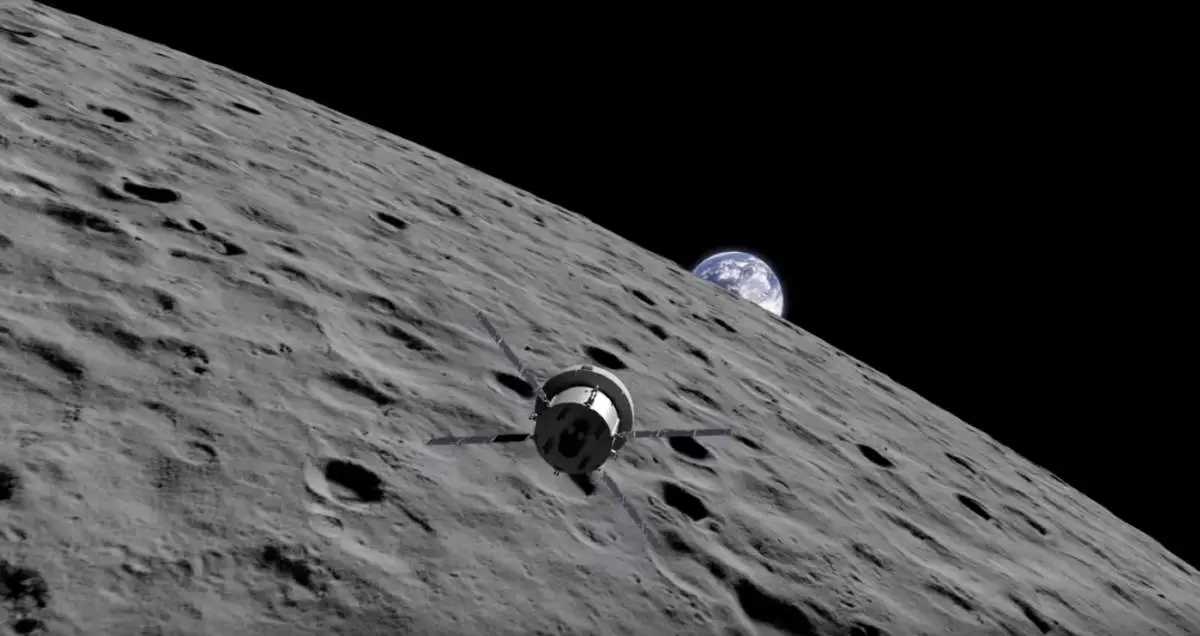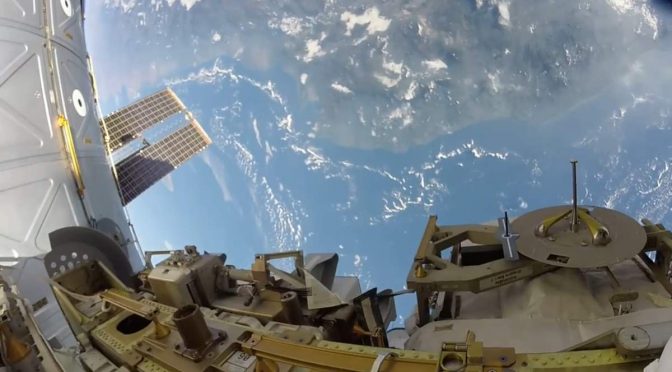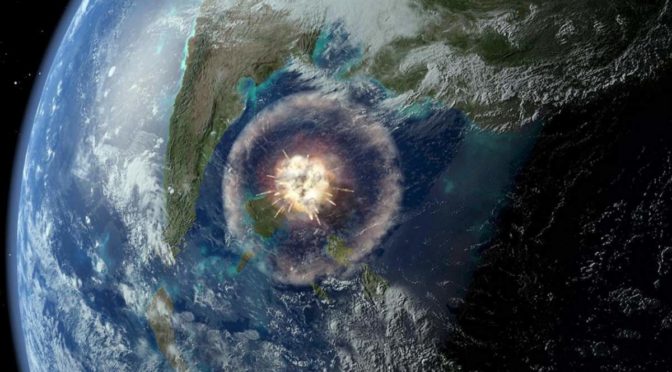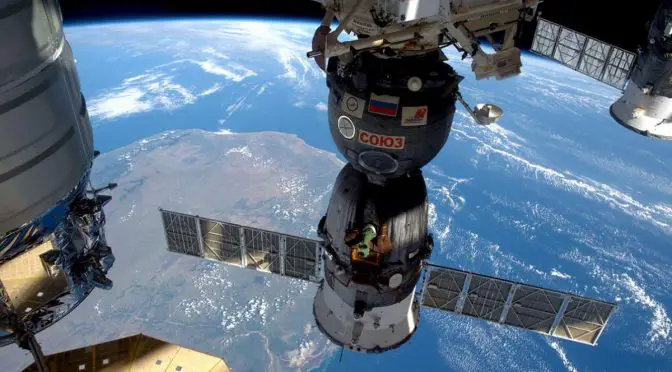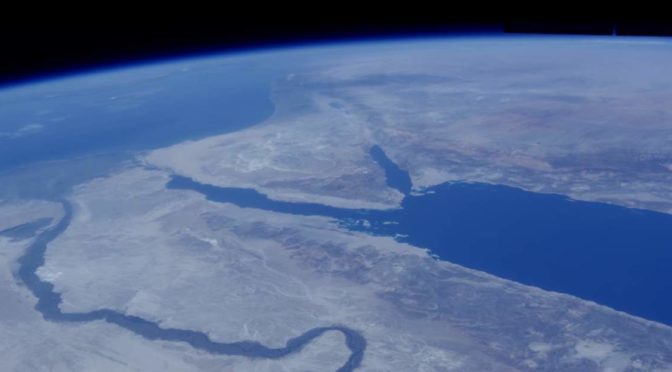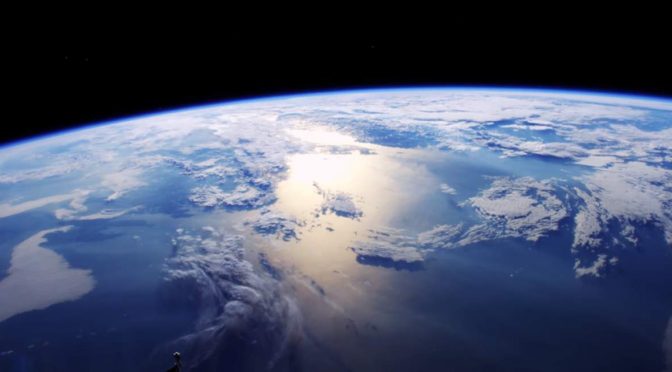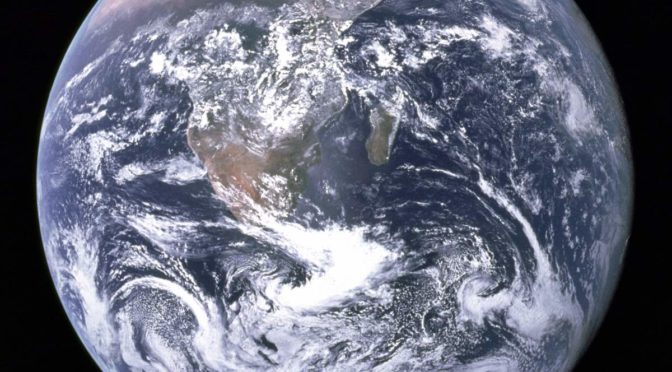Are we alone in the universe? Or are there any other “living planets” other than Earth? How to tell if a planet harbors life? Until 1992, we even don’t know if there are any other planets around the other stars or not. In 1992, two Swiss astrophysicists, Michel Mayor and Didier Queloz the first “exoplanet” (a planet orbiting another star than the Sun).
Then, discoveries continued. Especially after the launch of the Kepler space telescope on March 7, 2009, which is a space observatory launched by NASA to discover Earth-size planets orbiting other stars, we quickly learned that our Solar System is not a rare phenomenon at all. As of November 2017, scientists have confirmed more than 3,500 exoplanets in more than 2,700 star systems. Now, the question is: are any of these planets (or the planets waiting to be discovered in the future) harbor life? If so, how we can find out?
Currently, we have only one example: the Earth itself. Studying Earth and trying to figure out how we’d conclude the Earth harbors life from a distance (from space) can show us how to find out if a planet harbors life or not. Since 1997, NASA satellites have continuously observed all plant life at the surface of the land and ocean.
